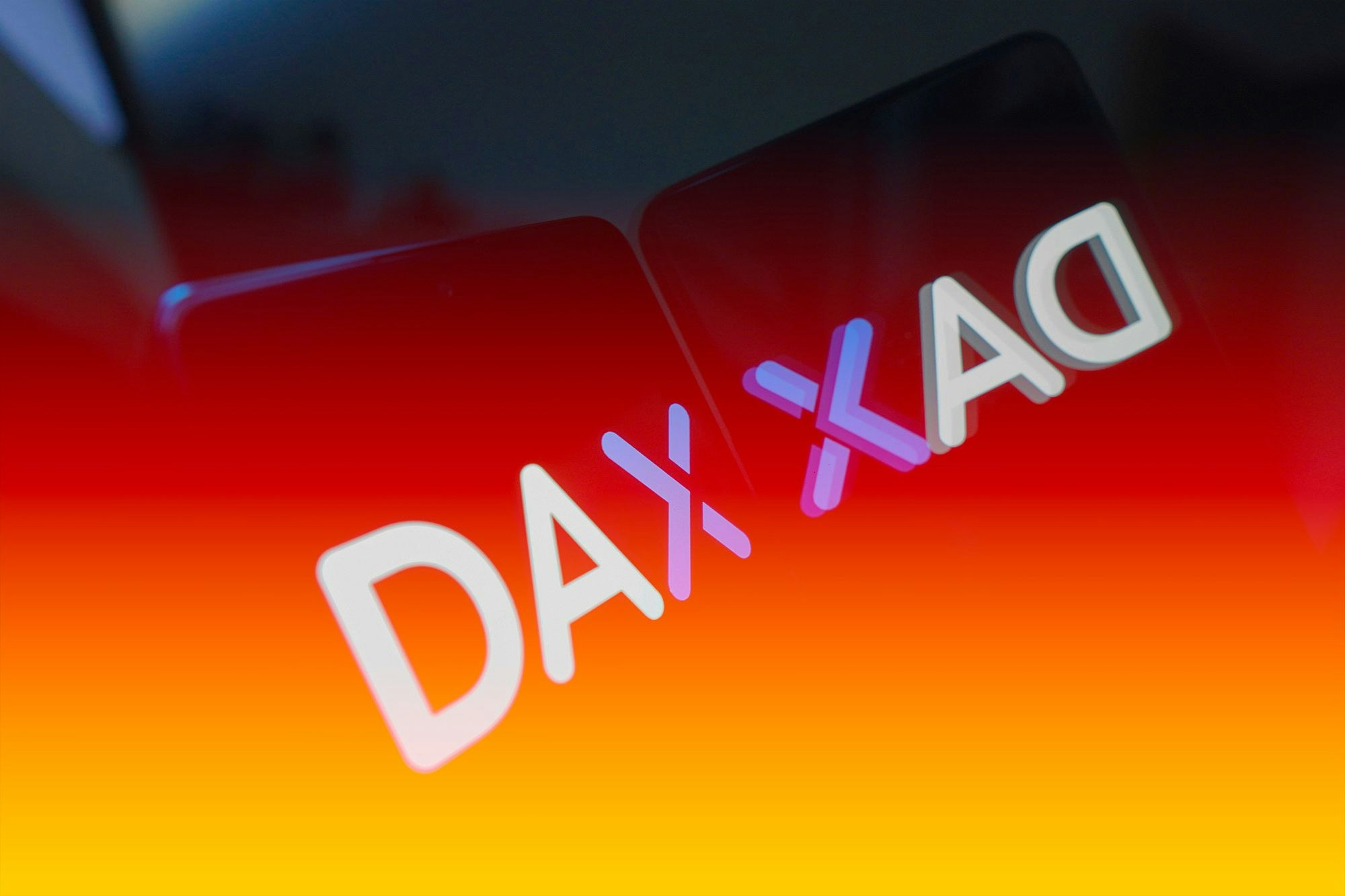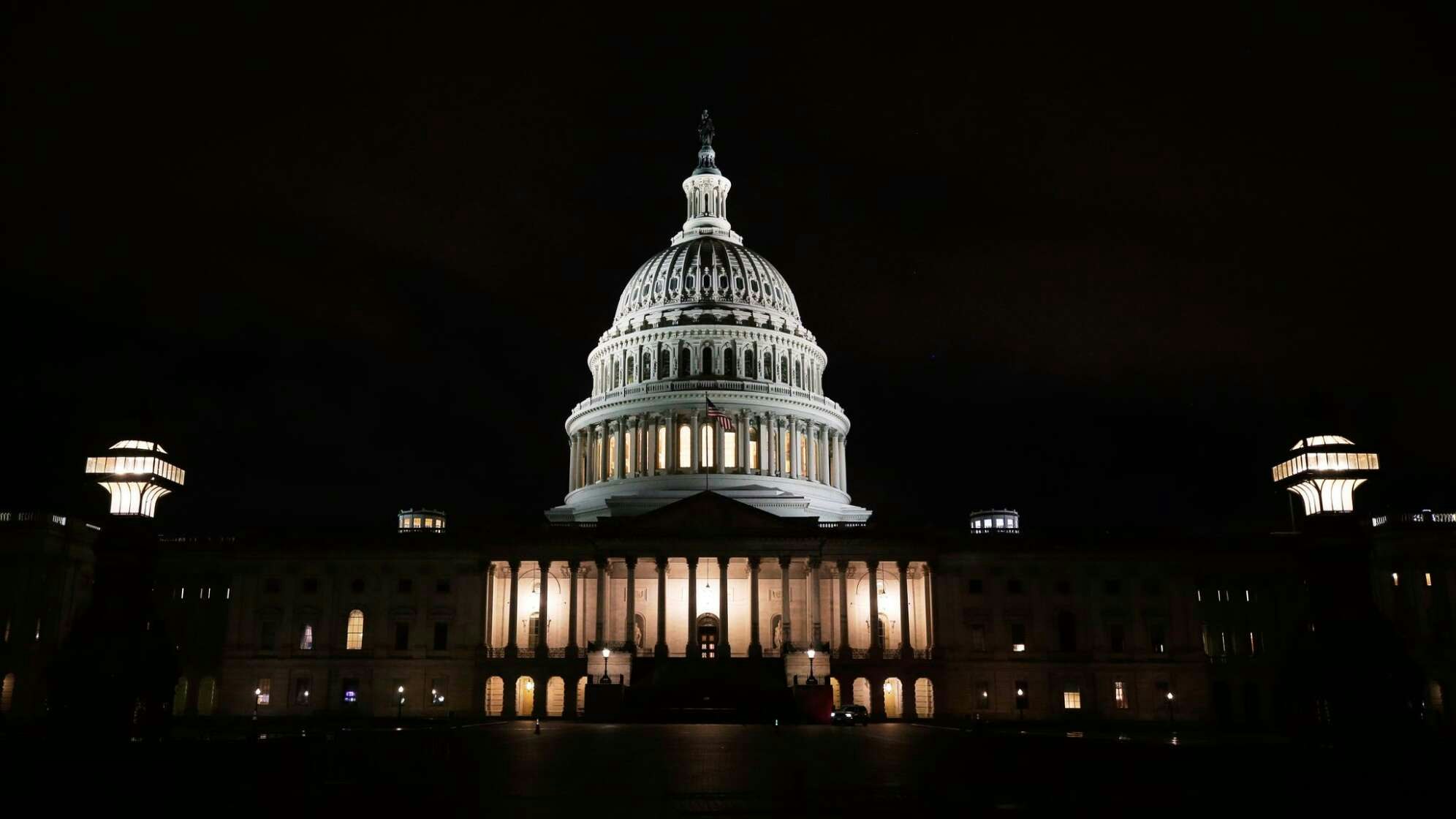Technology
Spotify reports record payments to music industry – Criticism of streaming model remains
Spotify pays a record amount to the music industry, but criticism of low artist royalties and the streaming model continues.

In 2024, Spotify paid over 10 billion dollars in royalties to the music industry – the highest amount in the industry's history. Nevertheless, the streaming service remains criticized for not sufficiently sharing revenue with artists.
Royalties accounted for more than 60 percent of the total revenue of the Swedish company, which achieved a turnover of 15.7 billion euros and a net profit of 1.1 billion euros. In a report, Spotify drew parallels to the heyday of the CD era and compared itself to Tower Records in the early 2000s.
Never in the history of music have so many artists been successful as today," said Sam Duboff, head of marketing and strategy at Spotify Music, in an interview.
According to Spotify, almost 1,500 artists earned more than $1 million each in streaming revenue last year. Remarkably, 80 percent of these musicians never had a song in the platform's "Top 50" charts.
Long-standing Criticism of Low Artist Remuneration
Since its inception, Spotify has fundamentally changed the music industry. However, musicians continue to criticize the streaming business model as it generates only small amounts per song played.
Although payouts to artists have increased tenfold from 1 billion to 10 billion dollars since 2014, dissatisfaction remains high. Icelandic musician Björk called Spotify "the worst thing that could have happened to musicians" earlier this year.
Industry analyst Mark Mulligan from Midia Research stated: "For most artists, it does not matter how the revenue is distributed. The supply is simply too large, and the earnings are fragmented among many millions of musicians.
Spotify's business model provides that the majority of the revenue goes to music rights holders – including record labels, publishers, and collecting societies – who hold the copyrights to the songs. Artists therefore often see only a fraction of the distributed sums.






